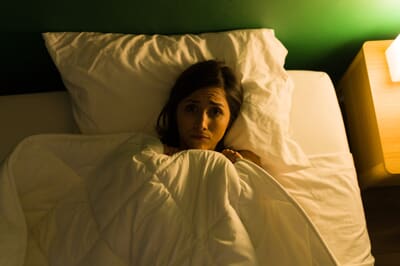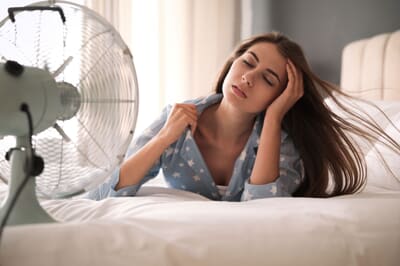If you work outside the typical ‘9am to 5pm’, you are not alone. In fact, four million people in the UK do the same; around 14% of the UK’s total workforce are shift workers.
As a shift worker, or someone due to start a role working shifts, you’ll likely be aware of the impact on your sleep. There’s no denying that working untypical hours significantly changes your routine. And we know sleep loves a routine.
So, what do you do if you work shifts but can’t sleep? There is an answer, and we are sharing how you can hack your sleep schedule to finally get at least seven to nine hours of rest.

How does shift work impact sleep?
Our bodies run on a 24-hour cycle, also known as our circadian rhythm (which you might have heard of). This cycle is responsible for regulating our sleep, among other things, and is controlled by daylight.
When we wake up in the morning, the daylight signifies that it is time to wake up and sends signals through our bodies to wake us up. Our circadian rhythm is then reset. But, shift workers don’t stick to this typical pattern, which can leave you feeling out of sync.
Think of it this way. Do you notice you sleep less in summer when there are more daylight hours? That’s because melatonin production - which is a hormone that tells your body to sleep - is higher in the dark. But, your body stops producing it during daylight, as it is time to get up.
As shift workers attempt to sleep during the day, you’ll notice that sleep and shifts don’t always go hand in hand. And you’ll likely experience more sleep disturbances.
Shift workers are more likely to experience insomnia
Lying awake for hours on end, or difficulty staying asleep, can be a sign of insomnia. One in three Brits suffers from a type of insomnia, and sleep disturbances can occur due to changes in circadian rhythm.
In fact, stress in the workplace can actually be one of the leading causes of insomnia, as this study discovered. Which is why you might have heard of shift work disorder.
Shift work disorder is only experienced by people working shifts and can cause insomnia at night, as well as fatigue when actually at work. Roughly one in five shift workers experience this disorder, suggesting there are 800,000 workers in the UK, alone who are significantly struggling to sleep and perform at work.
So is it even possible to sleep when working shifts? Of course it is, and we are sharing tips on how you can hack your sleep schedule to actually get to sleep.

8 tips for hacking your sleep schedule when working shifts
Never fear, there are things you can do to make sure you sleep successfully when working shifts.
1. Leave a note on your front door for delivery drivers or post
There’s nothing worse than finally getting to sleep and hearing your doorbell ring. While you can’t eliminate all outdoor noise, you can control your own house. Add a note to the door that asks people not to use the doorbell due to you sleeping.
You could even ask your neighbour if they would be willing to take in any parcels for you while you are working shifts. You can then update the tracking to say 'leave with a neighbour' and sleep easy knowing that people won’t be knocking on your door.
2. When you do sleep, make sure you sleep in the dark
You need the dark when trying to sleep. Even more so as a shift worker when you are attempting to sleep in the daylight. The daylight reduces the production of melatonin, which is the hormone that makes you ready to sleep. Without that, you’ll spend hours lying awake.
So, you need to sleep in the dark in order to produce melatonin. Think blackout blinds and door draft excluders that block the light coming through the bottom of the door. If you would rather opt for curtains, choose floor-length curtains to ensure light does not come through the bottom.
In addition, eye masks can also help improve your sleep. Choose eye masks with breathable materials that don’t cause any friction on your face when sleeping on your side and leave you waking with red marks on your cheek. Cotton and satin are great options for masks.
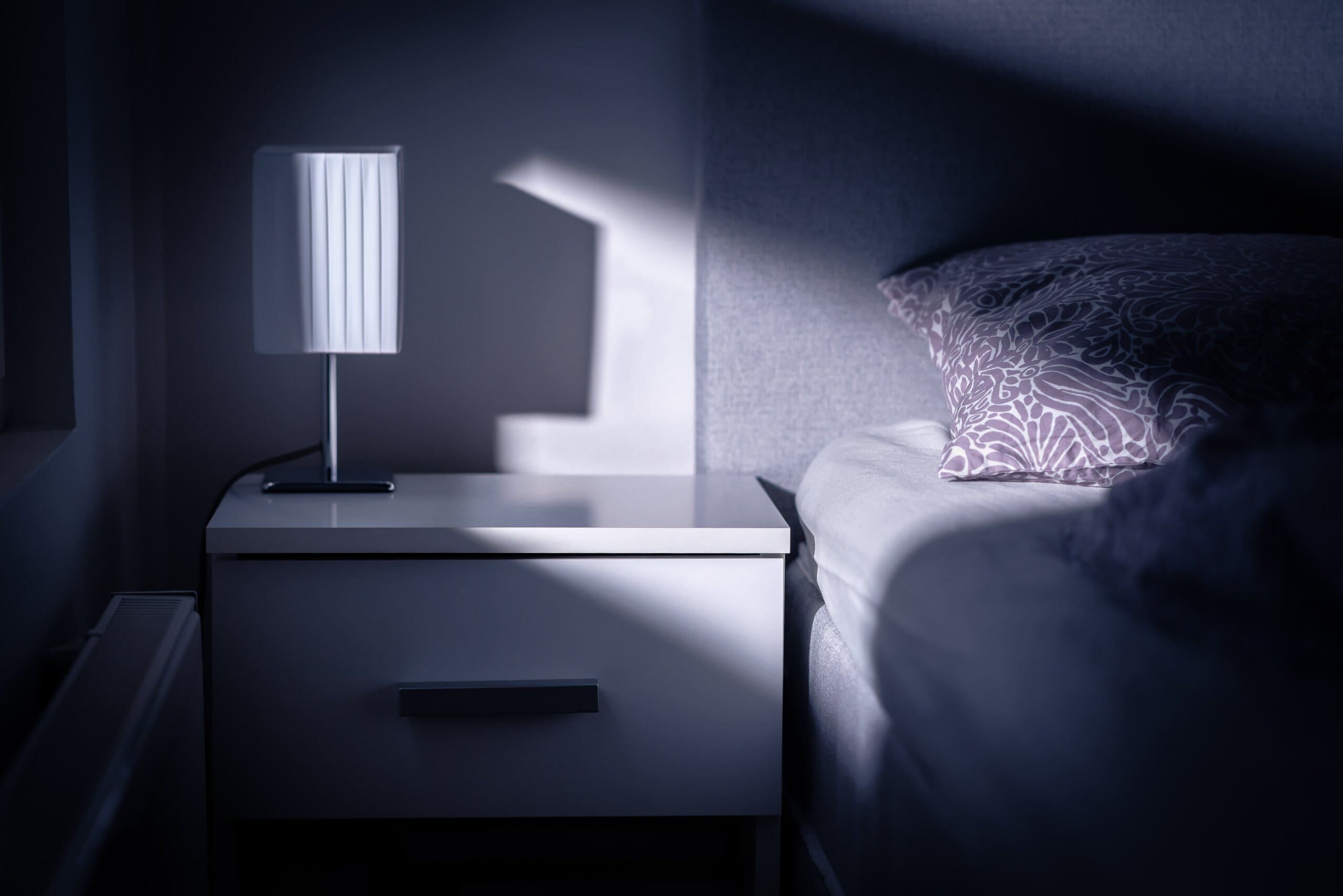
3. If you can’t sleep, try a tactical nap
Exercise and moving around can provide an energy boost at work. But, if you are too tired, you could use your coffee breaks for a tactical nap.
We don’t mean an hour-long nap, but a 20-minute nap is perfect as you will not enter a deep-sleep cycle which could leave you feeling much groggier than before. However, try not to nap longer than 20 minutes, as that is when you do risk a nap turning into a deep sleep cycle.
Some people even swear by the ‘caffeine nap’. This involves drinking a cup of coffee and instantly taking a nap for around 20 minutes. Once you wake up, the caffeine will have taken effect - it typically takes 15-20 minutes - so you have an energy boost for going back to work.
If this sounds like something you need, we have expert tips on how you can take the most perfect nap.
4. Add an hour to your bedtime each night before starting night shifts
Switching from day to night shifts can cause significant sleep restrictions, as identified in this study. So if you are due to start working night shifts, start adding an extra hour to your bedtime a few days before this happens. If you typically go to bed at nine, change it to 10 and so on.
This should help set you up for a new sleep routine, where you will be going to bed later, and avoid any dramatic changes which will knock your circadian rhythm out of sync.
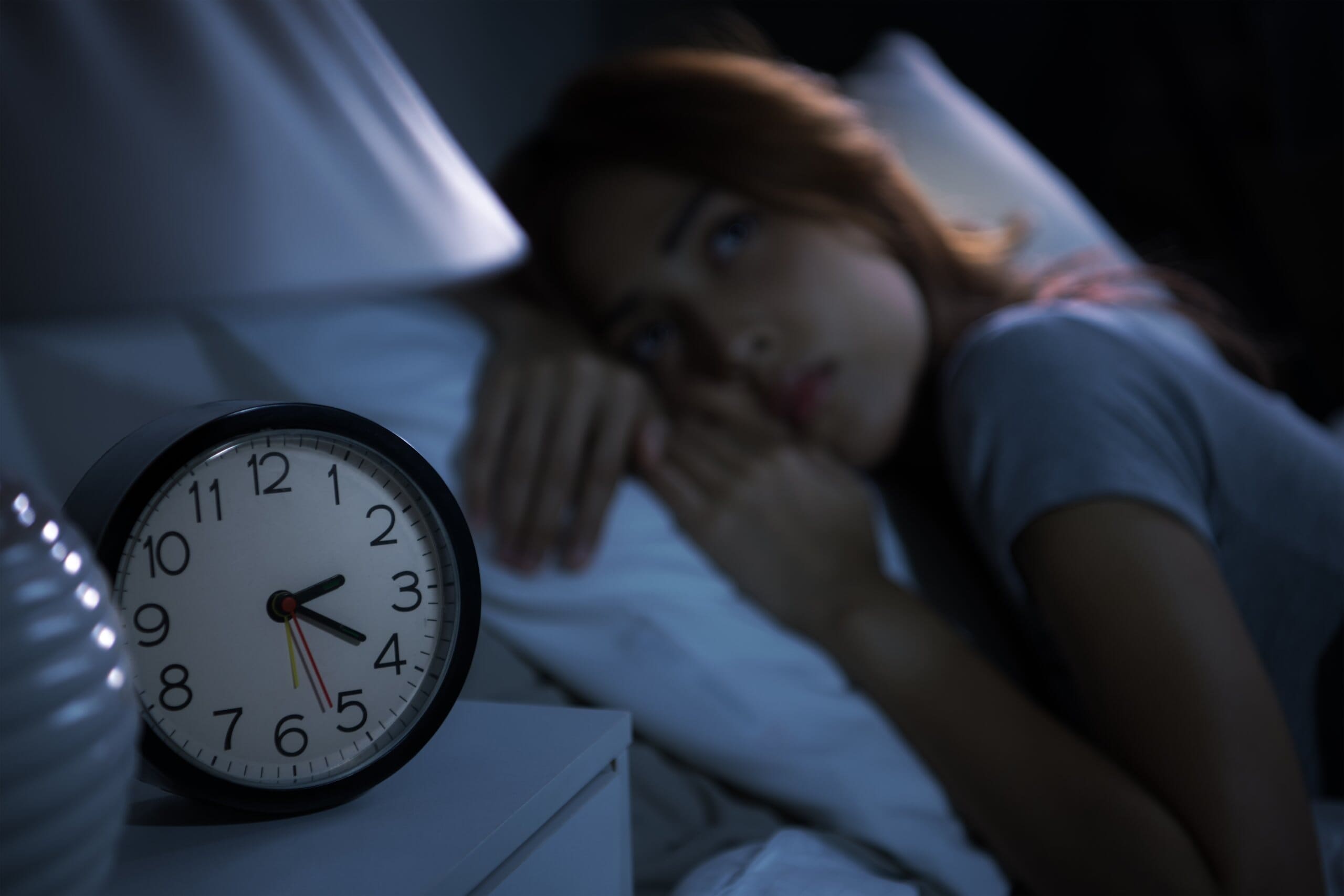
5. Consider your shift rotation before working
The way your shift rotates influences your sleep. The ideal case would be to change shifts from day to afternoon to evening. That way, your body can naturally get used to the changes in work and sleep - plus, it's a more natural occurrence than switching from day to night.
Of course, this is not always in your control, but it is worth suggesting to your employer. Additionally, rotating shifts every few days as opposed to weekly can be easier to transition your sleep. This study revealed that sleep is at its worst after too many consecutive night shifts.
6. Make sure your comforts are waiting for you in your bedroom
If you have started a new shift pattern, your bedroom comforts can help you sleep. What we mean by that is getting your favourite pyjamas ready for sleep, as well as your favourite bedspread or sheets.
These little comforts, while minimal, can really encourage you to sleep and calm your mind when it is time for bed. Anything you can do to trick your brain into thinking it is time for sleep can help reduce any chances of suffering from sleep disturbances.

7. Always move slowly when at work
Shift workers are more at risk of accidents in the workplace or while commuting to work due to increased fatigue. With that in mind, it is crucial that you move slower and take more time to work or drive. It’s better to take that little extra time than to risk yourself or others.
However, if you do feel too tired to drive, take 20 minutes to nap and recharge before driving.
8. Most importantly, listen to your body
While we are sharing our tips, we don’t know your body - only you know your sleep patterns best. So if you feel the need to sleep, sleep. Don’t fight it, your body is telling you what it needs. Always listen to what your body needs.
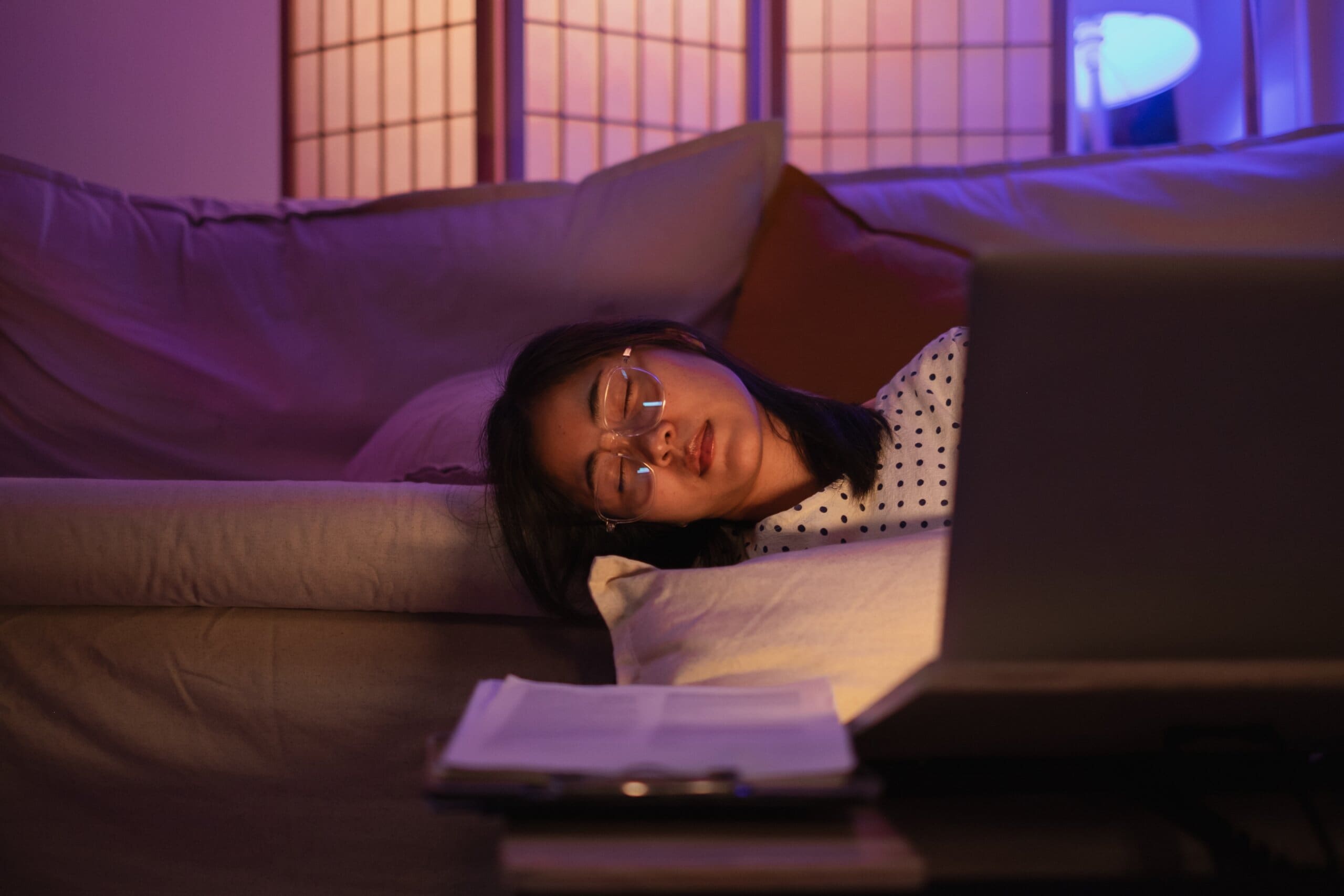
If you are struggling to sleep, check out our helpful sleep tips and advice on our blog, Snooze News. If you're a shift worker struggling to stay alert at work suffering from a lack of sleep, check out our blog post on how to feel awake quickly.

